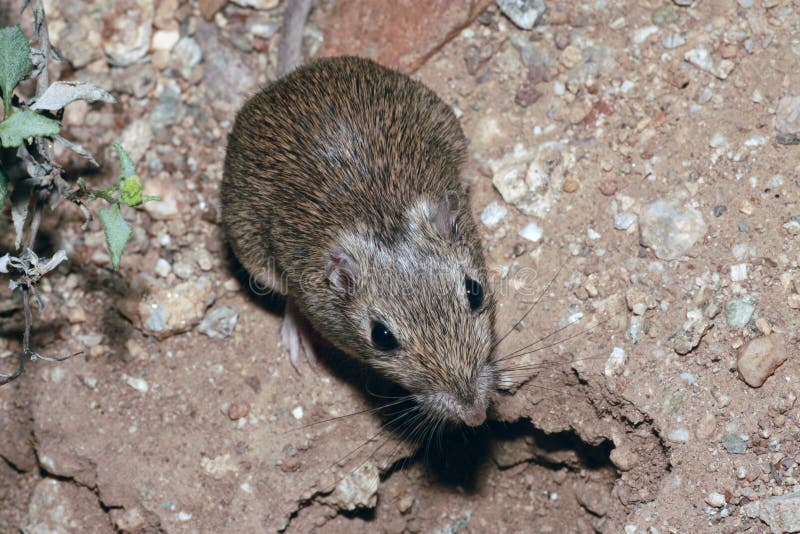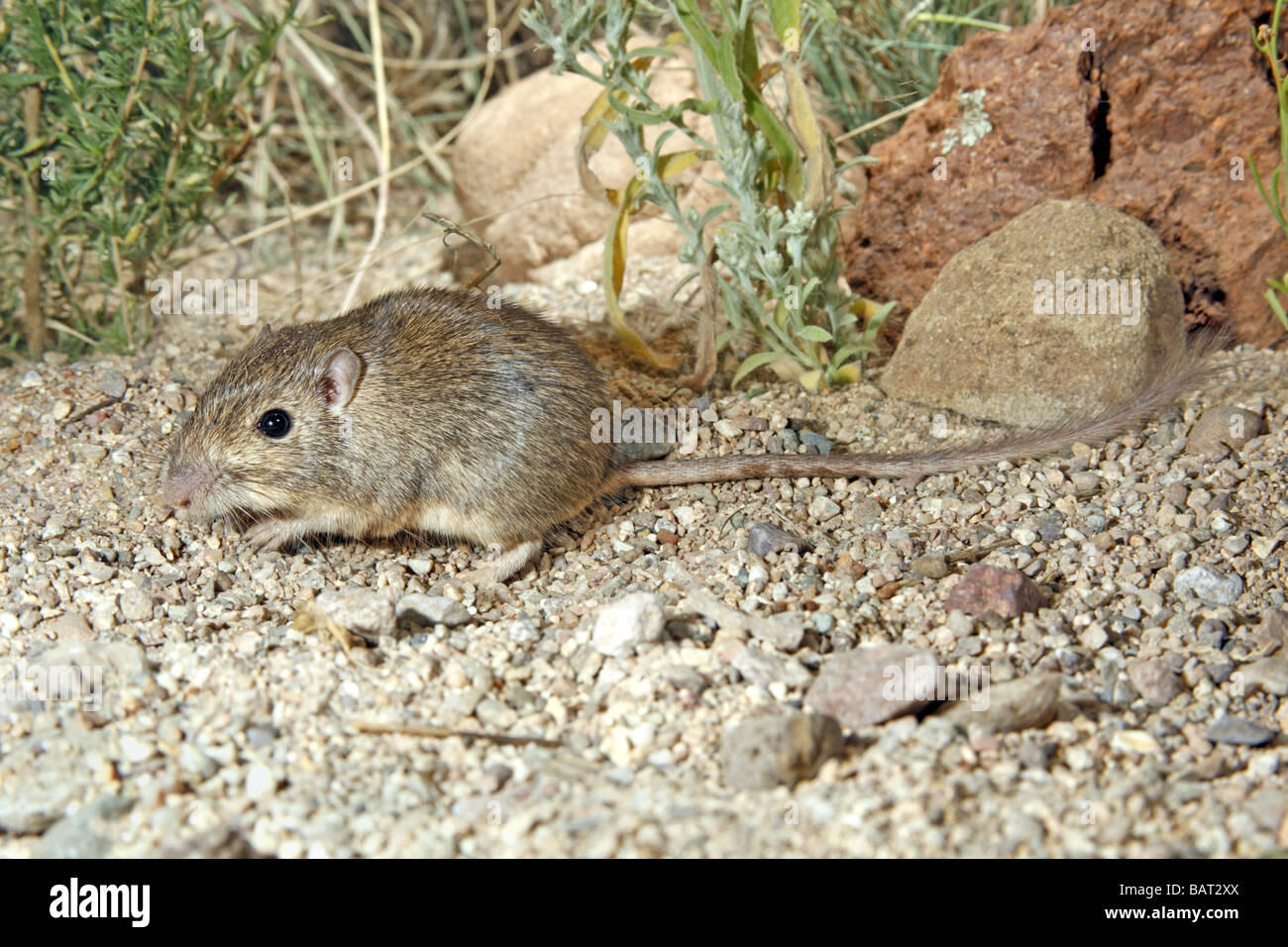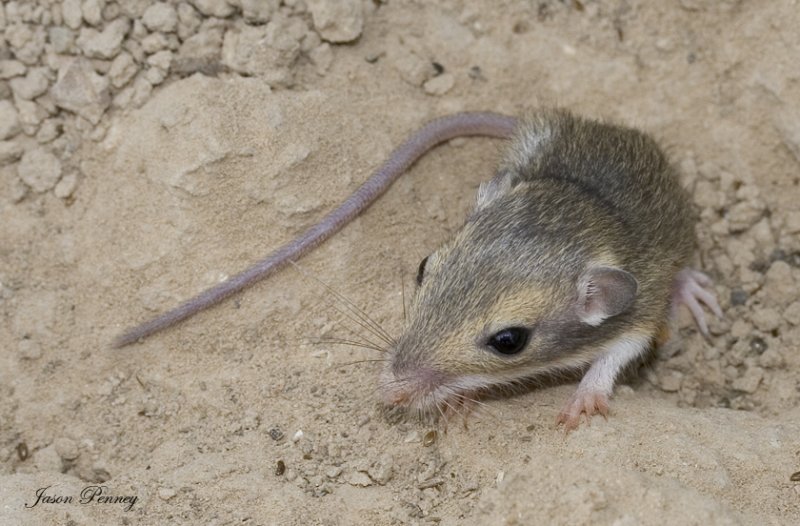
In California, may be active year-round, though inactive in winter in southern Arizona (Hall 1946, Arnold 1942). Pattern: Silty, sandy, or gravelly substrate with sparse to moderate canopy is preferred.Īctivity Patterns: Nocturnal. Water: No direct evidence, but probably obtains water from food. Reproduction: Young are born and raised in nest chambers within the burrow. Generally associated with moderate canopy but experimental removal of canopy did not result in fewer desert pocket mice (Rosensweig 1973). Green vegetation and insects also are eaten (Arnold 1942, Reynolds and Haskell 1949).Ĭover: Burrows are excavated in silty, sandy, or gravelly soil and used for refuges, seed storage, and neonatal care. Seeds are stored in burrow and in dispersed caches. Forages on sandy or gravelly soils beneath shrub canopy. Elevational range from below sea level (Death Valley) to 820 m (2700 ft).įeeding: Feeds mainly on seeds of forbs, grasses, and shrubs. Locally common resident of desert habitats including desert wash, desert succulent shrub, desert scrub, and alkali desert scrub. east to the Colorado River and south to the border of Mexico. east to central San Bernardino Co., and in the southeast corner of the state from central Riverside Co. In California, occurs in 3 disjunct populations: in Death Valley National Monument, southeastern Kern and northeastern Los Angeles cos. Does not qualify for a more at risk category.Rodents Desert Pocket Mouse Chaetodipus penicillatusįamily: HETEROMYIDAE Order: RODENTIA Class: MAMMALIA The Desert pocket mouse is listed as Least Concern (LR/lc), lowest risk. On average, gestation takes 23 days and a litter consists of four young, though it could be as few as one or as many as seven. During that year, a female may bear one or two litters from early spring to late summer. The average lifespan for a desert pocket mouse is just one year whether in the wild or in captivity. It has natural predators, such as owls, but is not currently in danger of extinction. They compete with other members of the Heteromyidae family for food. They tend to be solitary animals who forage at night. The desert pocket mouse has sharp front incisors that help it to break through hard, dry desert soil to search for buried seeds. Its feet are whitish, and its hind feet are about 25 millimeters long. It has coarse fur that's grayish brown on its back and whitish on its underside. Average weight varies from 11 to 22 grams, or. Of that length, more than half-about 110 millimeters-is its tail.

The average length of a desert pocket mouse is 180 millimeters, or seven inches. This helps it to live in an arid desert climate. It seems to extract as much water as it needs from the seeds it eats. Interestingly, there's no evidence a desert pocket mouse drinks water. In some areas, the desert pocket mouse may go into partial hibernation for the winter months, waking only often enough to eat stored seeds. The desert pocket mouse has cheek pouches to store seeds in, and it also builds burrows to store seeds for the winter.

It may occasionally supplement its diet with insects. It burrows into the desert soil to find seeds from grasses or shrubs. The desert pocket mouse is a granivore, meaning seeds make up its diet. The little vegetation around may consist of cacti, yucca, mesquite, palo verde or creosote bush. It's not generally found in rocky areas.Ĭommon desert pocket mouse habitats include dry stream beds, desert washes or arroyos.


It prefers dry, sandy regions with little vegetation. The desert pocket mouse ( Chaetodipus penicillatus) lives in the desert regions of the southwestern United States, including Nevada, Arizona, parts of New Mexico, Texas and California, the Baja Peninsula and northeastern Mexico. Suborder Sciurognathi contains 11 families Subfamily Perognathinae contains 2 genera


 0 kommentar(er)
0 kommentar(er)
